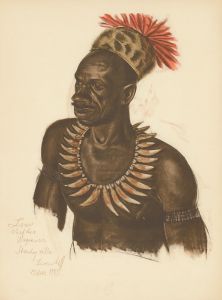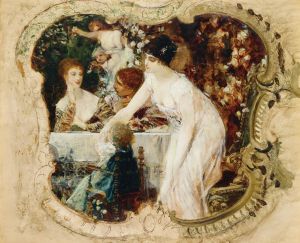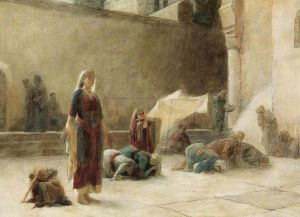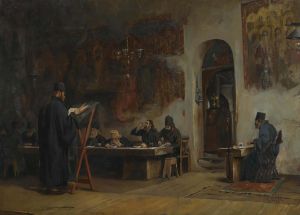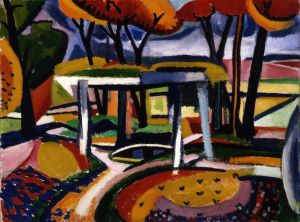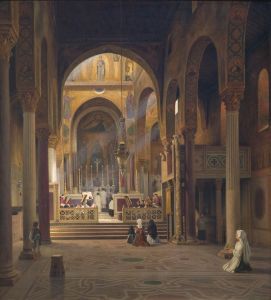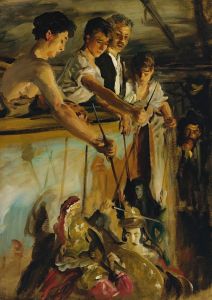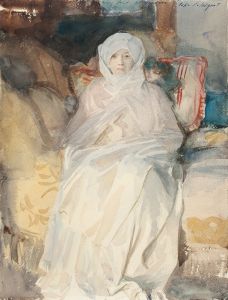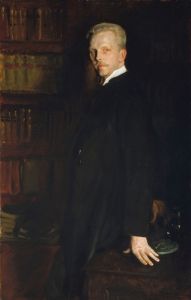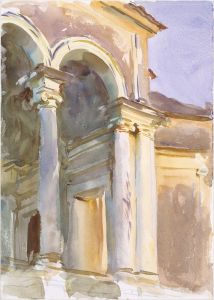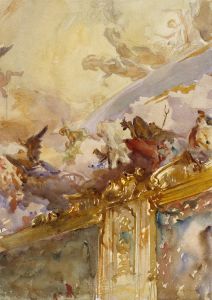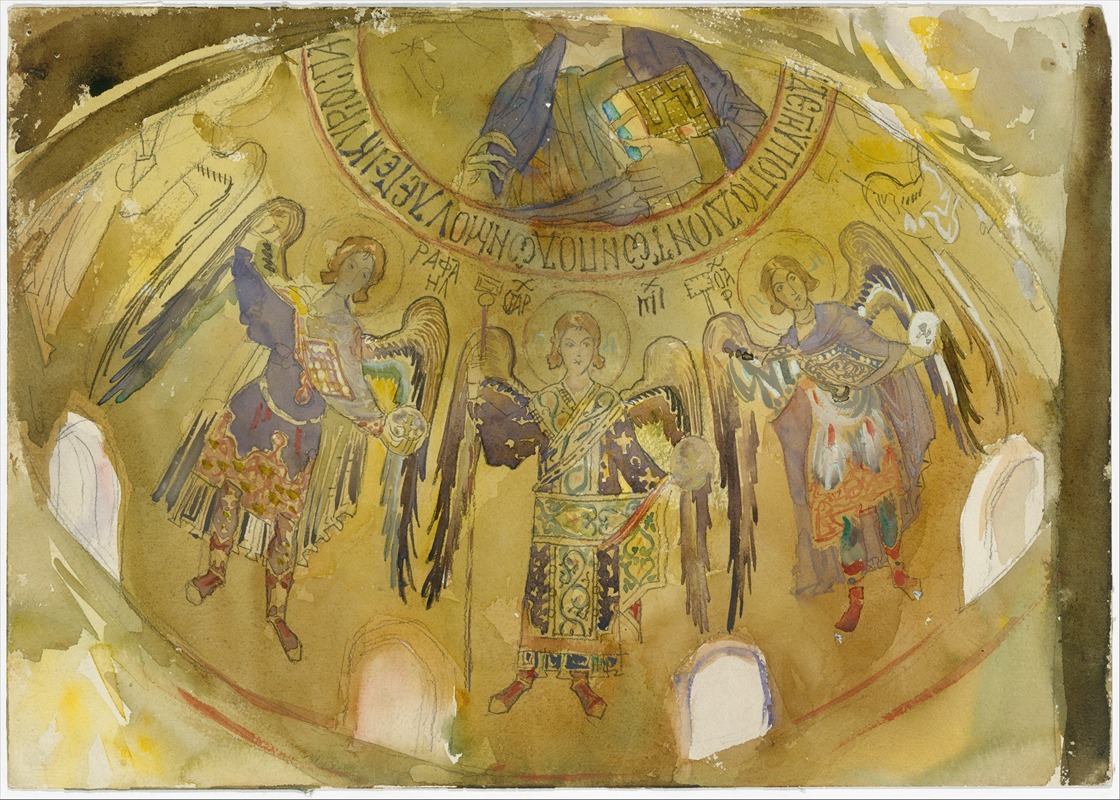
Angels, Mosaic, Palatine Chapel, Palermo
A hand-painted replica of John Singer Sargent’s masterpiece Angels, Mosaic, Palatine Chapel, Palermo, meticulously crafted by professional artists to capture the true essence of the original. Each piece is created with museum-quality canvas and rare mineral pigments, carefully painted by experienced artists with delicate brushstrokes and rich, layered colors to perfectly recreate the texture of the original artwork. Unlike machine-printed reproductions, this hand-painted version brings the painting to life, infused with the artist’s emotions and skill in every stroke. Whether for personal collection or home decoration, it instantly elevates the artistic atmosphere of any space.
"Angels, Mosaic, Palatine Chapel, Palermo" is a watercolor painting by the renowned American artist John Singer Sargent. Created in 1897, this artwork is part of Sargent's extensive series of watercolors that capture the intricate and vibrant mosaics of the Palatine Chapel in Palermo, Sicily. The Palatine Chapel, or Cappella Palatina, is a significant historical and architectural site, known for its stunning blend of Norman, Byzantine, and Islamic art and architecture.
John Singer Sargent, primarily celebrated for his portraiture, was also an accomplished watercolorist. His travels across Europe and the Middle East during the late 19th and early 20th centuries inspired a series of works that showcased his keen eye for detail and his ability to capture the essence of his subjects. The Palatine Chapel, with its rich history and elaborate mosaics, provided Sargent with a wealth of material to explore through his art.
The "Angels, Mosaic, Palatine Chapel, Palermo" watercolor specifically focuses on the angelic figures depicted in the chapel's mosaics. These mosaics are renowned for their intricate designs and vibrant colors, characteristics that Sargent skillfully rendered in his painting. The angels, often depicted with serene expressions and flowing robes, are a testament to the Byzantine influence on the chapel's artistic style. Sargent's watercolor captures the luminosity and detail of the mosaics, highlighting his mastery of the medium.
Sargent's interest in the Palatine Chapel was part of a broader fascination with the interplay of light and color in architectural spaces. His watercolors from this period often emphasize the way light interacts with surfaces, creating a sense of depth and texture. In "Angels, Mosaic, Palatine Chapel, Palermo," Sargent uses the transparency of watercolor to convey the ethereal quality of the mosaics, allowing viewers to appreciate the complexity and beauty of the chapel's artwork.
The Palatine Chapel itself was commissioned by Roger II of Sicily in the 12th century and is located within the Palazzo dei Normanni, the royal palace in Palermo. The chapel's mosaics are among the finest examples of Byzantine art in Italy, featuring religious iconography and decorative motifs that reflect the cultural diversity of Norman Sicily. The chapel's unique artistic blend is a result of the convergence of different cultures and artistic traditions during a period when Sicily was a melting pot of influences.
Sargent's depiction of the Palatine Chapel's mosaics not only serves as a visual record of this remarkable site but also reflects his broader artistic interests in capturing the beauty and complexity of the world around him. His watercolors from this period are celebrated for their technical skill and their ability to convey the atmosphere and spirit of the places he visited.
Today, "Angels, Mosaic, Palatine Chapel, Palermo" is appreciated as part of Sargent's broader body of work, which continues to be studied and admired for its contribution to the art of watercolor painting. The painting remains a testament to Sargent's ability to capture the essence of his subjects with sensitivity and precision, offering viewers a glimpse into the rich artistic heritage of the Palatine Chapel.






